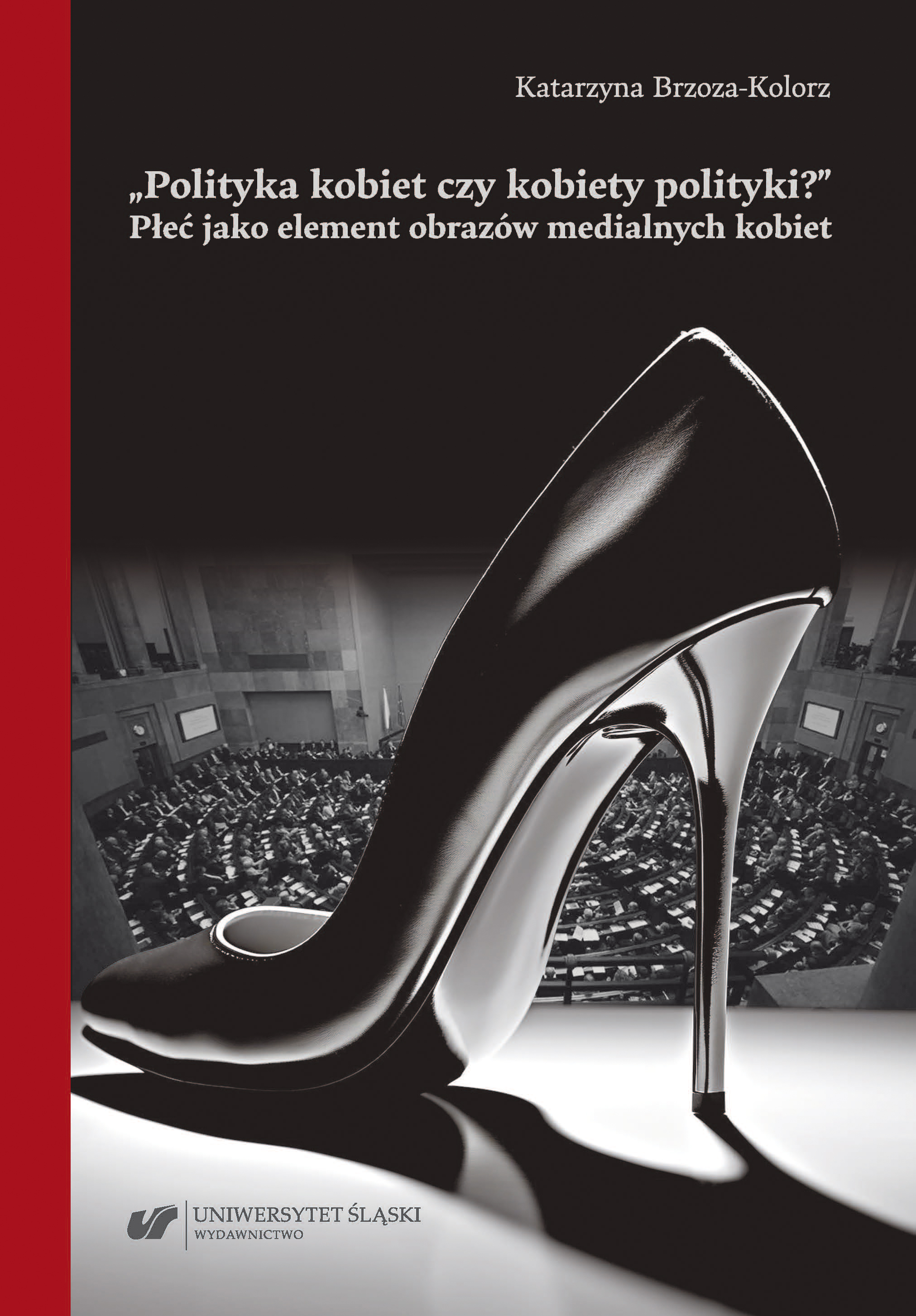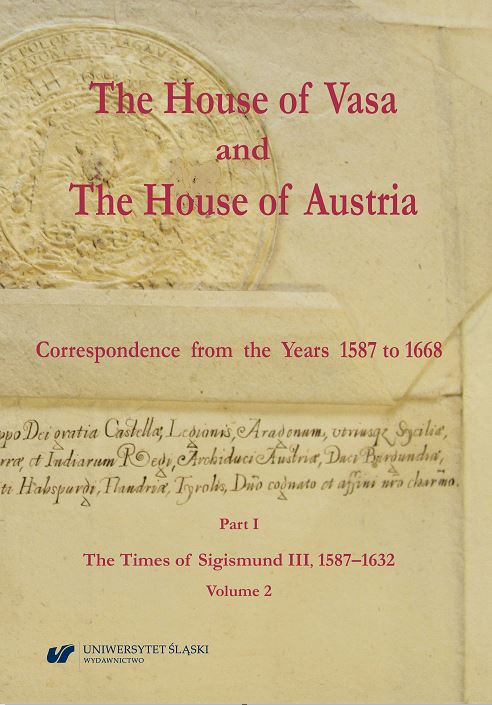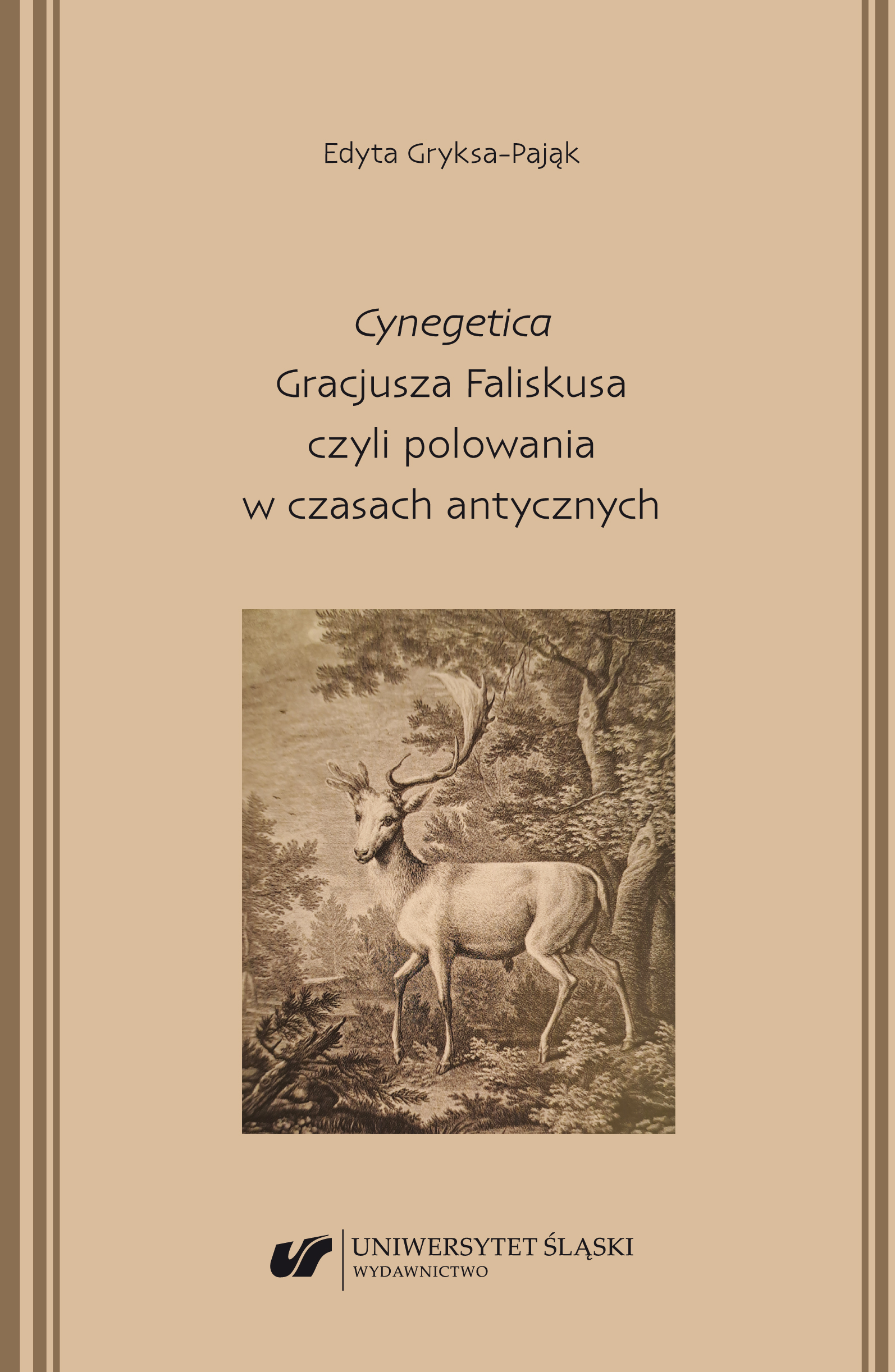
Introduction to Croatian Literature and its Polish Reception. Part 1: Introduction to Contemporary Croatian Literature (1970–2010)
Wprowadzenie do literatury chorwackiej i jej polskiej recepcji. Cz. 1: Wprowadzenie do współczesnej literatury chorwackiej (1970–2010)
Keywords: Croatian literature; Croatian culture; popular culture; modernism; postmodernism; war literature; political transformation; Croatian Spring
The first part of a new publishing series titled Introduction to Croatian Literature and its Polish Reception presents the recent history of contemporary Croatian literature. It discusses the most significant phenomena in Croatian literature and culture, in particular the following decades: the 1970s, 1980s, 1990s and 2000s. The publication is the only one on the market that shows the most important trends in literature taking into account a broad socio-political and cultural background (references to music, comics, photography, film, political events in Croatia and the world, scientific achievements, technological innovations, major events that affected reality not only in this part of Europe, etc.). The contextual approach ensures that literature is not seen and presented as a field of human activity suspended in a vacuum. This gives the reader a more complete understanding of the processes taking place in culture. This book is also a story about the modern world and literature and culture being a product of the surrounding reality on the one hand and on the other hand constructing it. In the analyzed texts of Croatian culture one can easily recognize problems, themes, literary forms present in other cultures and literatures, not only Slavic or European ones.
More...


















